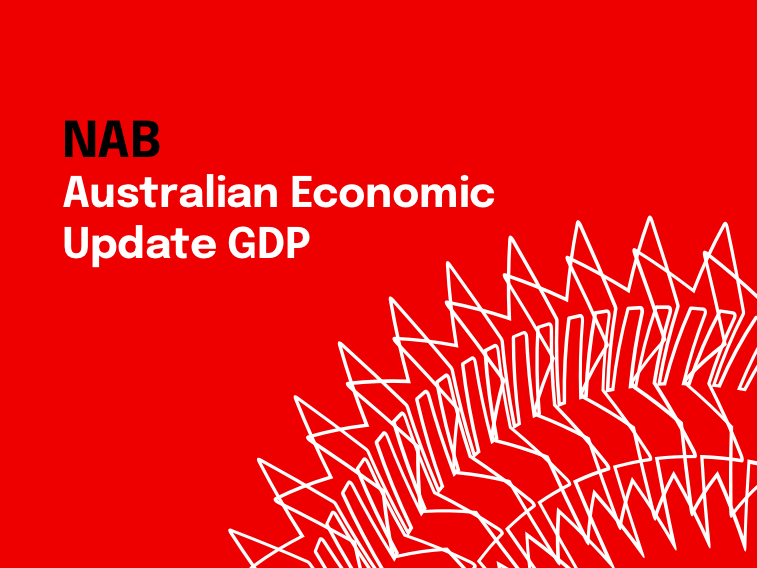Consumers lead the way


Insight
The NAB Consumer Stress Index fell to 55.5 pts in Q3 2021, as concerns eased, particularly those around funding retirement and health.
Consumer stress eased in Q3 despite rising concerns over government policy, which is now the top concern for the first time in over 5 years, likely due to the heightened visibility of governments during COVID. Despite inflationary fears, overall cost of living pressures are perceived as stable or falling. Major purchase expectations are up, particularly for holidays and home renovations. Consumers have been spending more time on devices, shopping local, buying Australian-made, cooking and researching more.
The NAB Consumer Stress Index fell to 55.5 pts in Q3 2021 (from 57.8 in Q2 & well below the survey average 59.0), as concerns eased, particularly those around funding retirement and health. Cost of living and job security stress was also down, but worries over government and public policy continue to rise, which at the time of sampling coincided with lockdowns and other COVID restrictions in much of eastern Australia. and have replaced the cost of living as the biggest driver of consumer stress.
Consumer stress fell in most states, led by NSW/ACT (56.0) and QLD (54.3) and remains lowest in WA (at 53.2 and the only state to report lower stress over government policy), and highest in NSW/ACT and VIC (56.5).
Overall, when asked about price movements across a basket of typical household expenses in Q3, consumers felt they were typically either stable or falling, although groceries and utilities continue to contribute most.
Ana Marinkovic, NAB’s Executive for Small Business said, “Amidst ongoing debate whether global price increases relating to COVID-19 supply chain disruptions are temporary, or becoming embedded in higher actual and expected inflation, it is interesting that at least for now, overall consumer perceptions of inflation do not appear to be rising.”
Against the background of lower consumer stress, expectations around major household purchases over the next year were also more positive. “With COVID travel restrictions starting to loosen, not surprisingly there was a large jump in the share of consumers expecting to spend more on holidays” said Ms Marinkovic.
The pandemic continues to shape consumer behaviour. The biggest behavioural change reported during Q3 was time spent on screens and devices. “While lockdowns in Australia’s two largest states no doubt contributed to this result, there are indications this trend will continue, even as the pandemic retreats.”
Other important behavioural changes include supporting local businesses, cooking more at home, being more conscious of buying Australian-made, and being more mindful and careful where we spend money.
With more people working from home during the pandemic more consumers have been shopping locally to support local producers, cafes and restaurants.
“Increasingly, stores and big brands might have to come to us rather than expecting us to go to them” said Ms Marinkovic.
Consumers are also prioritising locally made Australian products, and while value for money continues to be a key factor affecting buying behaviours, sustainability and ethics have gained further prominence since COVID. “The shift towards more conscious consumerism is here to stay.”
COVID-19 has seen a shift in so many aspects of life, including food preparation. “Before the pandemic, we were cooking less due to a lack of time, but even as Australians return to dining out, home cooking is likely to remain more popular than pre-COVID.”
Get all the insights in the NAB Consumer Sentiment Survey (Q3 2021)
© National Australia Bank Limited. ABN 12 004 044 937 AFSL and Australian Credit Licence 230686.